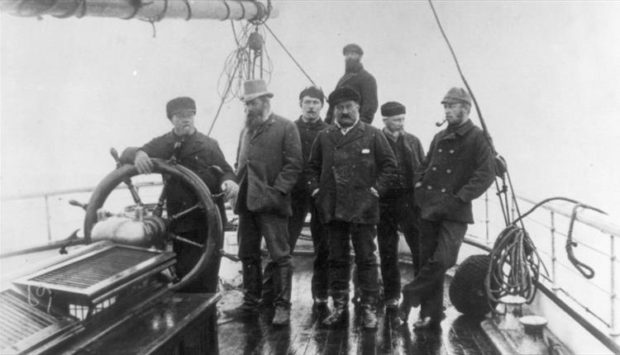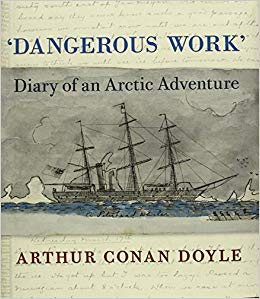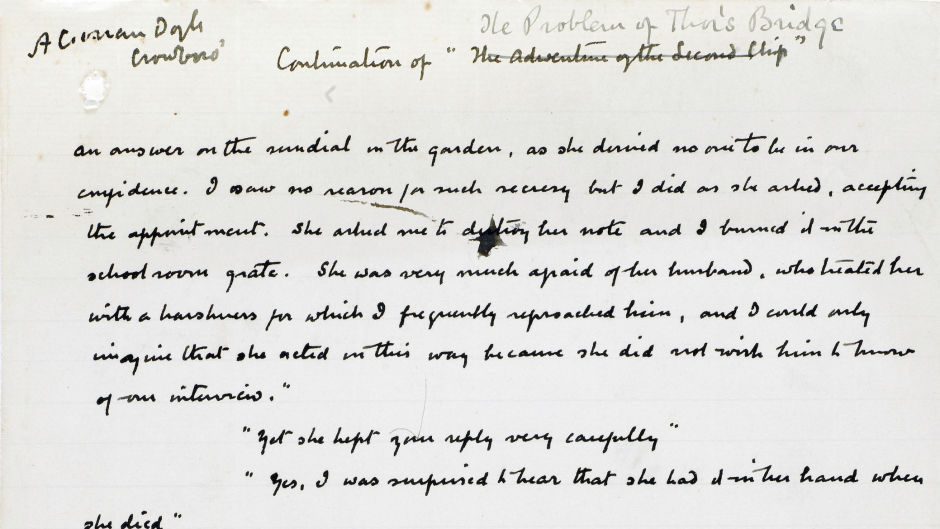He was the man who created one of the world’s most famous literary creations.
And even now, nearly 90 years after the death of Sir Arthur Conan Doyle in 1930, ther’s an enduring interest in how he managed to pack so much into his life.
Doyle was one of life’s great adventurers. Quite apart from bringing us Sherlock Holmes, he was a sportsman, lecturer, campaigner and world traveller, who solved mysteries in his spare time and tackled everything under the sun.
Yet perhaps many people aren’t aware of how close the Scottish writer came to meeting his Maker long before he had even written a word about Holmes and Watson.
It was back in February 1880 when the 20-year-old medical student with an insatiable desire for new challenges, decided to embark on a whaling expedition to the Arctic.
Doyle had no idea what he was letting himself for when he was employed as a ship’s surgeon by John Gray, the captain of the Peterhead-based vessel “Hope”.
But he soon discovered the risks and regularly flirted with death once the ship had left north-east Scotland and sailed into the great blue yonder.
Doyle meticulously chronicled his life on the Peterhead ship Hope. His job involved tending to the bruises and injuries sustained by the crew – the majority of whom were Scottish, with a significant contingent from Shetland – but Doyle was also required to take part in the sailors’ largely unsuccessful efforts at whaling.
The youngster kept a diary of his experiences and some of the entries highlight his travails and make for grisly reading.
On April 4, for instance, he wrote: “Working all day. I fell into the Arctic Ocean three times, but luckily, somebody was always there to pull me out in time.
“The danger is that with such a heavy swell on the ocean, you may be cut in two by two pieces of ice coming together.”
Just a few days later, on April 7, even Doyle thought his goose was cooked.
He said: “I tried to get on the ice and I was swinging down onto it by means of a rope.
“But suddenly, the ship gave a turn of her propeller and I went into the sea with minus 28 degrees of ice on it.
“It was freezing and you couldn’t survive long in these conditions.
“But fortunately, I was hauled out [by his colleagues] and was carried back on board. It was hard, hard work.”
The accounts show that Doyle was unaffected by his regular brushes with death. As somebody who became one of the most famous Victorians in history, he was accustomed to flirting with danger and treating it with insousiance.
It was to be another seven years before Arthur Conan Doyle earned immortality by writing “A Study in Scarlet” and bringing Holmes into the public gaze.
But, to some extent, it was sheer luck he got round to creating Sherlock.



